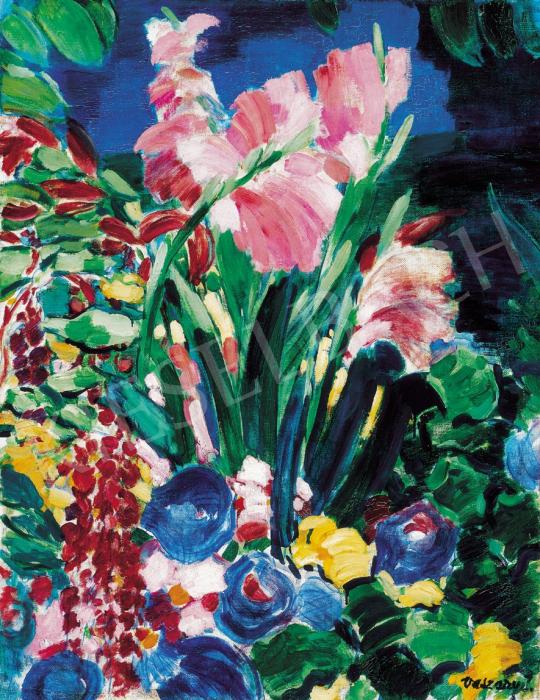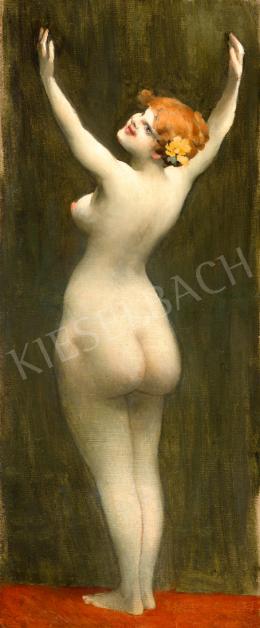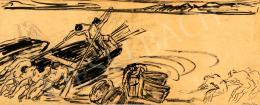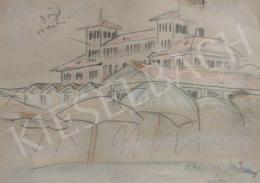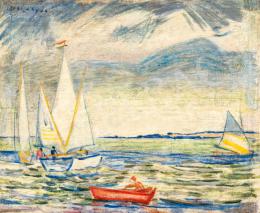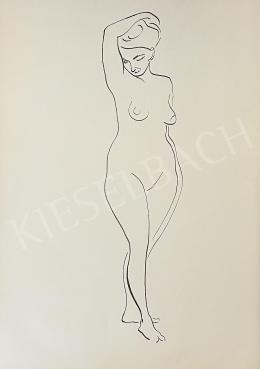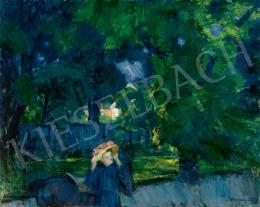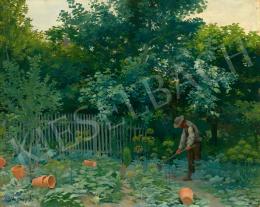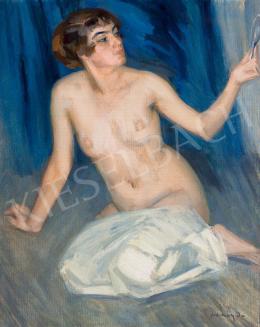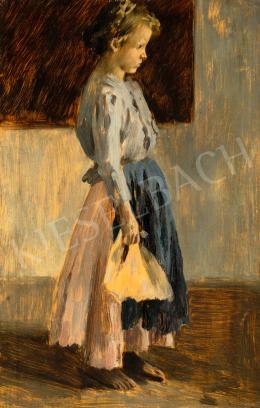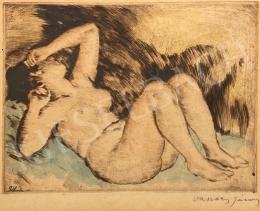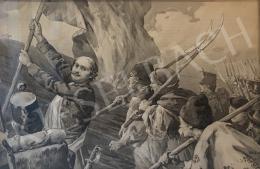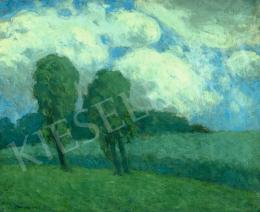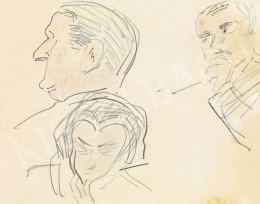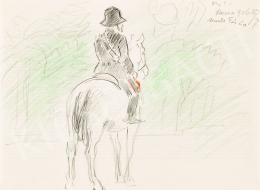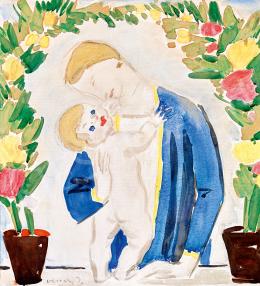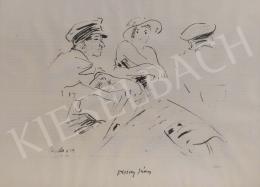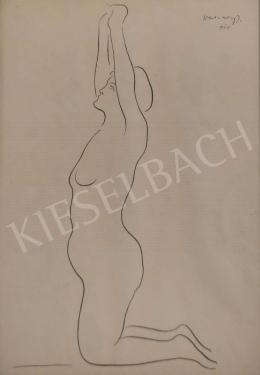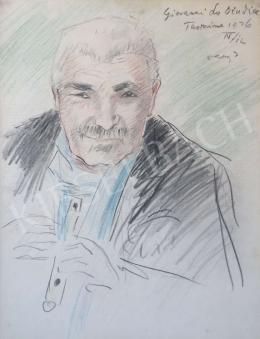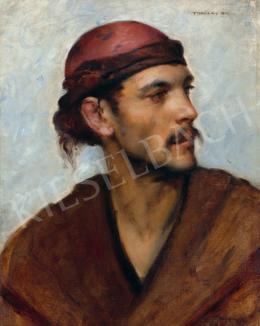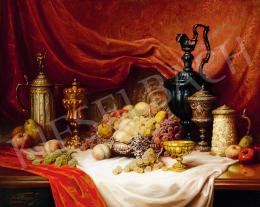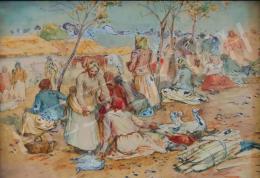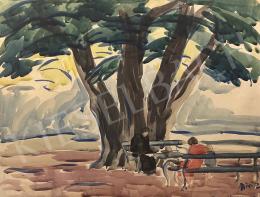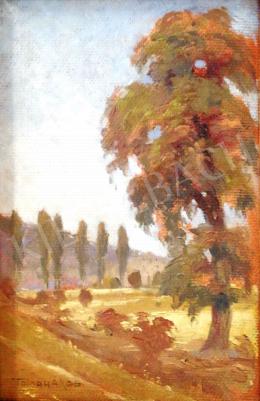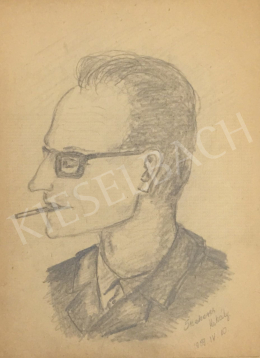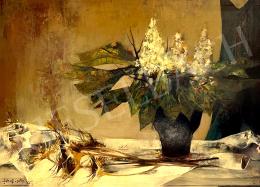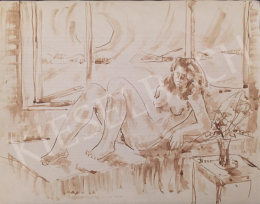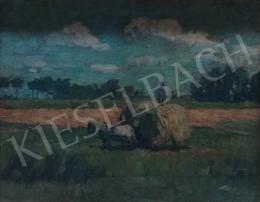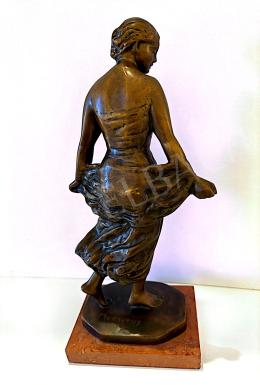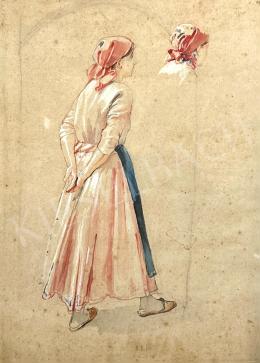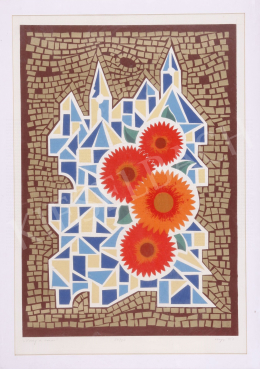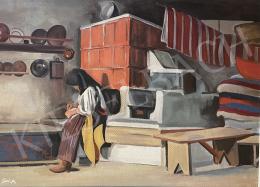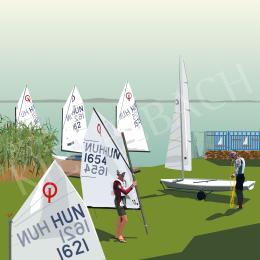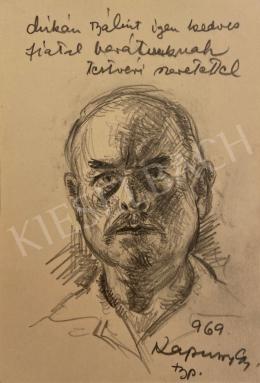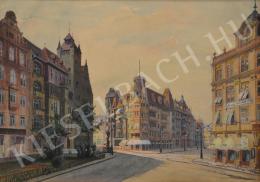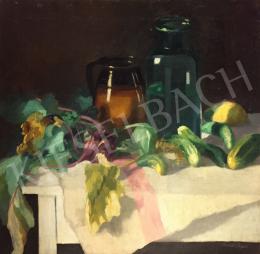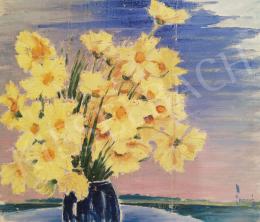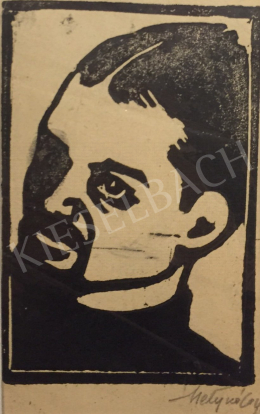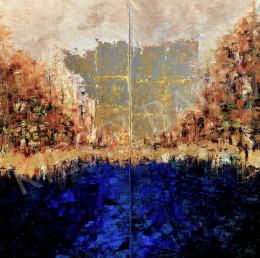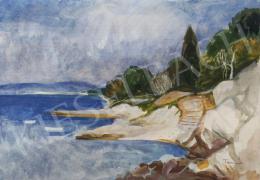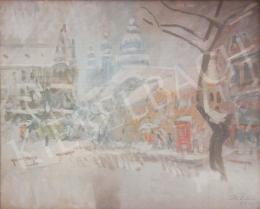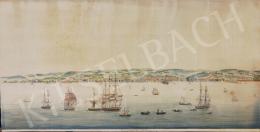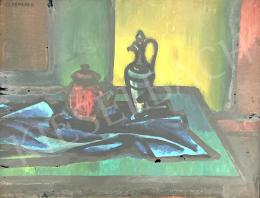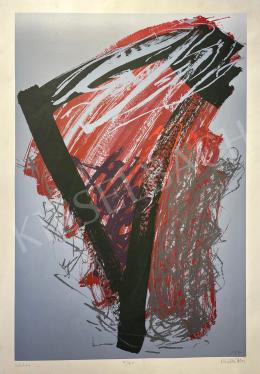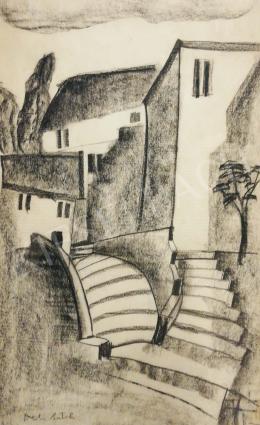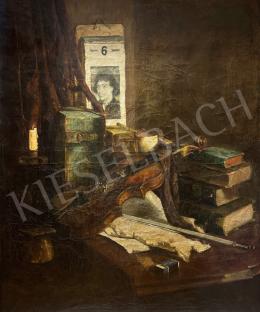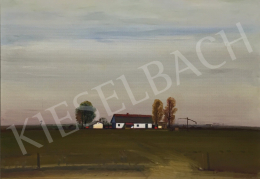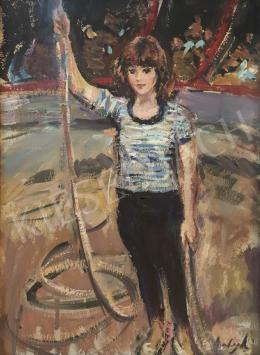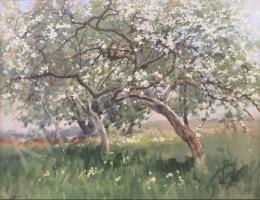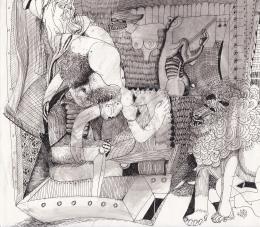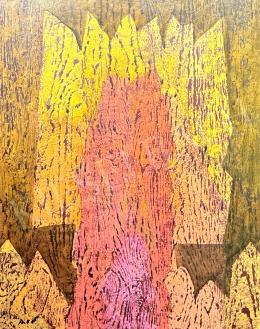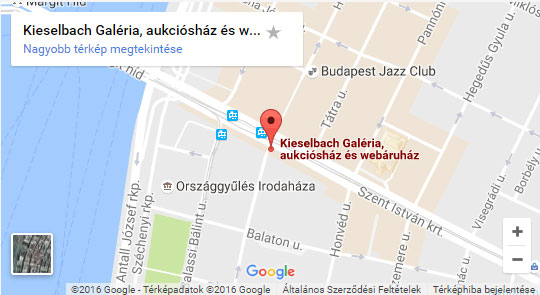Provenance:
Former property of Andor Keleti
Exhibited:
1961 Magyar Nemzeti Galéria. Kat. Szám: 137.
1967 Vaszary emlékkiállítás, Rippl-Rónai Múzeum, Kaposvár. Kat. Szám: 28.
Reproduced:
Petrovics, Elek-Kárpáti Aurél: Vaszary. Bp., 1941
117. o.
Haulisch, Lenke: Vaszary János. Bp., 1978. XLI. Tábla
Literature:
Rabinovszky, Márius: Vaszary János. Magyar Muvészet, 1930, 125-132.o.
Petrovics, Elek-Kárpáti, Aurél: Vaszary. Bp., 1941
László, Gyula: Vaszary János emlékezete. Muvészet, 1967/12., 13-15.
Haulisch, Lenke: Vaszary János. Bp., 1978
Vaszary János gyűjteményes kiállítás. Polgár Galéria katalógusa, 1998
Mezei, Ottó: Tallózás Vaszary János írásos anyagában. In: Limes, 1993/3-4., 5-24.
Gadányi, Jeno: Szöveg a Vaszary-képek vetítéséhez. In: Limes, 1993/3-4., 24-32.
"Gladioluses" was painted on year before the artist's death. Everything that can be read from this picture - part instead of totality- is the synopsis of which the artist had already composed about life and art. This if one more reason for being on view at two commemorial exhibitons and published on the pages of monographs as coloured reproduction.
It might seem a contradiction, however this changeability gives the invariant typicle of Vaszary. Since in 1895 he had already painted in morning light wiht loose outlines, rich flora in rising dew, and these as he writes in his diary., " the fresh spring and early summer set in with fairy beauty."
In relation to the naturalism of his early paintings his late still lifes with flowers omit the pleasure of story telling typical of his early figures, and added the experience of the past thirty yeaers.
His affection for the decorativism does not decrease, but to all this is added the colour and light painting copleted by this period and this leads him towards the immaterialism.
Although the experinces of his tours and the cities are strongly related to the representation of the reality, the idea of immateriality, the pure pictural quality are depicted in pregnant way in the still life of flowers.
"Gladioluses" can be listed among the still lifes recorded with " great" adjective.
At first sight you cannot decide whether these flowers are in a usual enterieur, outdoors or somewhere else,or just the results of his fantasy.(We have to mention that Vaszary did not paint the real Nature.)
Thereis no element used as surround, and harp,(nearly strong) is the secton of the picture.
Vaszary does not take into concideration either flowers or leaves, the only clear and confinable "object" is the Galdiolus,better known as sword-grass.
He occassionally painted gardens as well, and concentrating to the details a special point of view can be determined where the background ( green field or blue sky) meets the "underwood"and the leaves surroundings.
In this garden we find of course cultivated plants, but it does not hurt his attitude to the nature, since the spectacle is only a "by the way".
In the background of the picture neary covered with the flowers we can see a blue mark connecting with a green streak, and the meeting of two of them gives a kind of horizont.
This perspective is not spacious, but it is probably enough to decide that the frame of the still life must be a cut out of a garden .
What can be properly apprehended that is coming to light with lush sensuality in the center of the paining.
He gives back not only the first impression about a plant, but it is surrounded with a nearly concrete aura.
Jenő Gadányi student of Vaszary analysed the method of Vaszary'a picture analyse. He attributes tonality to the colours-as the musicians attribute colours to the sound-, but he even goos on further, because he feels that the colours can associate with aroma.
In Vaszary'a vegetation there are so many various flowers, that this thick spectacle and riches of colour inspire the recalls of different fregrance with a pleasent irritation. However all that is subordinated to expressiveness of motion in connection with the colours.
Examining his relationship with the West we have emphasize his individuality instead of his being a student.
In his black period he is usually resembled Carriére, but Vaszary is much more concrete, colourful and dramatic than his french forefather..
Mentioning his late paintings we find the name of Van Dongen, but Vaszary is more sensational and vehement.
Drawing a comparison betwen the Gladiolus and the german expressionism, we find the similarity with the works of the late works of Emil Nolde.
In his paintings Nolde could express his painting based on the power of the colours concentrating to the theme of flower with the widest freedom.
The picture of Vaszary the is bouilf on the complementary of red and green and their supporting influence which is emphasized with using the yellow colour.






